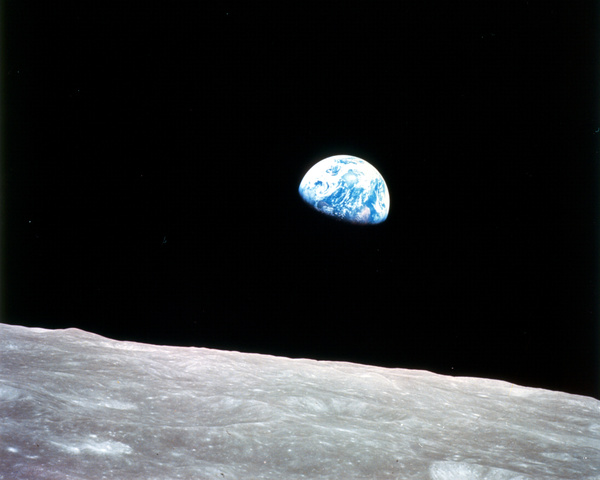|
the european space agency (esa) is exploring innovative methods for keeping lunar missions warm during the frigid periods of night on the moon and the latest concept is to use the lunar soil to store thermal energy that can be used at night, according to a notice from the agency.

the esa is exploring using lunar soil's thermal storage as a means for heating
manned missions to the moon. (wikimedia commons)
temperatures can drop to as low as -170°c during the lunar night, when the moon is lit only by the earth. according to the esa, this cold period has proven damaging to robotic missions and has mostly limited manned apollo missions to a couple of days during the early lunar morning.
“but future lunar settlers will have to live in the night as well as the day,” the esa explained, “bearing in mind that vital solar energy and heat would be unavailable during the 14 days of darkness.”
prior concepts for warming manned missions have centered on radioactive heat, but the esa has turned to a more “sustainable” solution.
“the basic concept involves multiple mirrors to channel sunlight into processed lunar regolith, into which a heat engine would be placed,” read the announcement from the esa. “driven by the temperature difference, this heat engine would be kept running directly by the heat of the sun during the day – illuminated surface temperatures rise well above 100°c at the equator – while simultaneously storing excess heat in the soil.”
at night, the heat engine would continue to run through the release of energy from the heated soil. the esa is currently undergoing numerical and simulation studies to see the amount of thermal storage this concept could produce.
an article on newatlas.com went further into the design.
the article explained, “currently, the system esa is working on comes in two versions. a simple one suitable for rovers and small spacecraft that uses reflectors to heat patches of the lunar soil to form ‘thermal wadis,’ or hot spots, that can then be tapped at night to keep the devices warm enough to function.
“the second one uses multiple reflectors and heat pipes to collect solar energy to run machinery directly during the day and to store excess heat to keep large installations, like a habitat, warm. in addition, schematics indicate that the heat pipes could be linked to cold spots, perhaps produced by shading the ground, to increase the efficiency of the heat engine.”
the agency’s general studies programme is currently undertaking the studies.
|